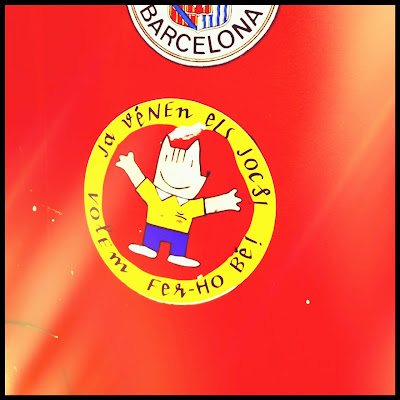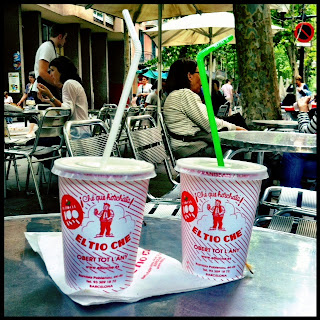It is obvious that the Sagrada Família is an icon, a benchmark for Barcelona, and its silhouette is associated with the image of the city itself. Just as London has Big Ben and Paris has the Eiffel Tower, we have the Sagrada Familia by Gaudi.
It is also true that many locals know it only from the outside. The Sagrada Família is there, we know it, we see its evolution, but we seldom visit it. The fact of having it so close to us, knowing that we can go whenever we want, makes us delay it so much so that we never go. And besides, the sight of all those tourists queuing, makes us difficult to find a good moment to do so. The Safrada Família is the most visited tourist attraction of all Spain, with near 4 million visitors last year.
If someone is waiting until the construction of the church is finished, you must know that we still have to wait a while. The most optimistic estimation is that the work could be ready by 2026, the centenary of the death of Antoni Gaudí, although no one dares to set a date. In addition to the complications of the work itself there is the expropriation to be done to complete the project. There is even the idea of opening a wide avenue from the main entrance, on Mallorca street, to the Diagonal!
By the way, I visited the Holy Family (on the inside!) last weekend taking advantage of the visit of a relative who came from outside, as usual. I leave a couple of pictures in case you do come the urge to go visit. Indeed, it is worth it!

































